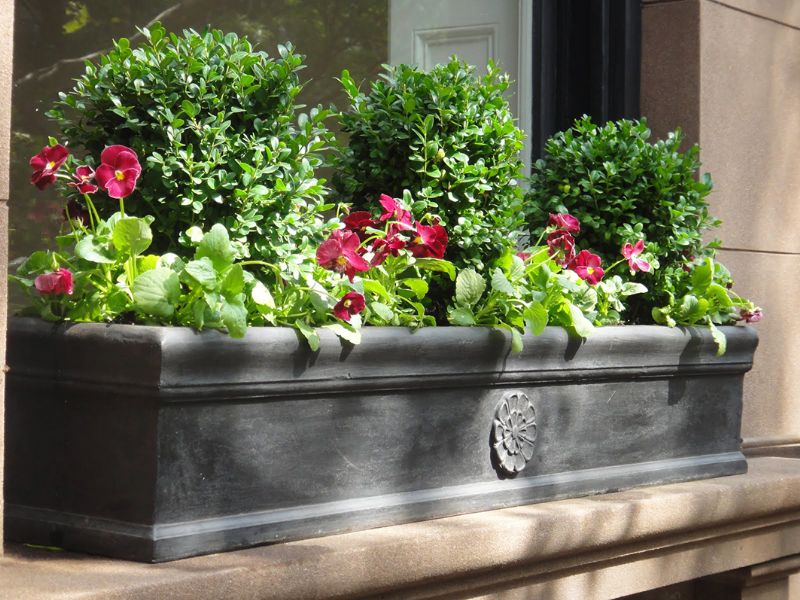- Home
- News, Articles & Reviews
We are hiring! Please click here to join our growing magazine delivery team in Gloucestershire!
Areas
Homes & Gardens
Archive

Get plants off to a flying start
All Areas > Homes & Gardens > In the Garden
Author: Julia Smith, Posted: Wednesday, 24th January 2018, 09:00
The shortest month in the year, which considering the weather and dark evenings and mornings is just as well! Once February is out of the way everything seems to speed up – bulbs will be flowering, vegetable seeds need to be sown, you’ll be weeding and tidying in the borders, and the lawn will need cutting again. Anyway, enough of what is to come, what to do this month...
Tidy up any containers of pansies and other plants that need dead-heading and pick off any mouldy leaves. This keeps them flowering and looking good. Window boxes could still need watering even after prolonged rain as they are sheltered. Don’t drown them but keep them slightly moist.
Plant when the conditions are more favourable
If the weather is anything like it has been for the past few weeks it is a mistake to think that you can plant things outside now unless under cloches or in a greenhouse. I have found that being too eager is a waste of time – wait a few more weeks and plant when the conditions are more favourable. The plants will get off to a flying start and soon catch up with the poor struggling specimens that you couldn’t wait to pop in the cold, wet ground.
Bearing this in mind, this is the month to plant onion sets and shallots outside, but likewise they can be left till later on if the weather is gruesome!
The tangled mess of later flowering clematis (group 3) can be chopped off now at about 15cm from the ground – you will see the new buds already forming.
Give some attention to apple and pear trees
Before the end of winter make sure you give some attention to apple and pear trees – even just cutting out all dead, damaged and diseased wood and removing any mummified fruit that is still hanging from the boughs will make a difference in the coming season. Use clean, sharp secateurs.
Prune autumn fruiting raspberries now and cut all last year’s fruited canes down to the ground. Alternatively, you could leave half the canes and just cut the top half that fruited off, and these ones will fruit in summer and the others in winter. Raspberry canes need replacing every 10 years or so.They prefer sandy soil but definitely don’t like heavy soil, so if that describes yours it might be better to plant them on small ridges to aid drainage.Other Images
Copyright © 2024 The Local Answer Limited.
Unauthorized use and/or duplication of this material without express and written permission from this site's author and/or owner is strictly prohibited. Excerpts and links may be used, provided that full and clear credit is given to The Local Answer Limited and thelocalanswer.co.uk with appropriate and specific direction to the original content.More articles you may be interested in...


© 2024 The Local Answer Limited - Registered in England and Wales - Company No. 06929408
Unit H, Churchill Industrial Estate, Churchill Road, Leckhampton, Cheltenham, GL53 7EG - VAT Registration No. 975613000You are leaving the TLA website...
You are now leaving the TLA website and are going to a website that is not operated by us. The Local Answer are not responsible for the content or availability of linked sites, and cannot accept liability if the linked site has been compromised and contains unsuitable images or other content. If you wish to proceed, please click the "Continue" button below:




